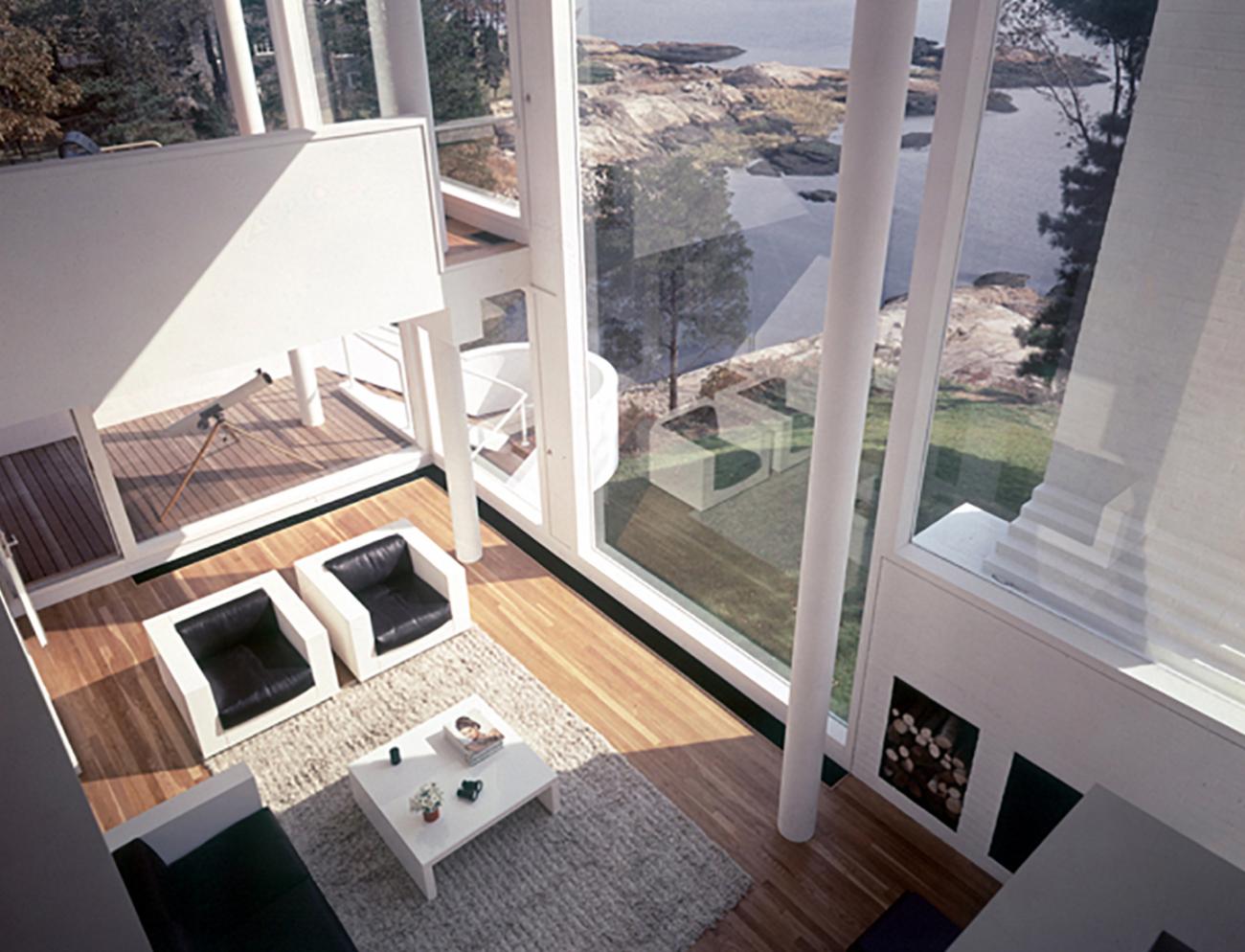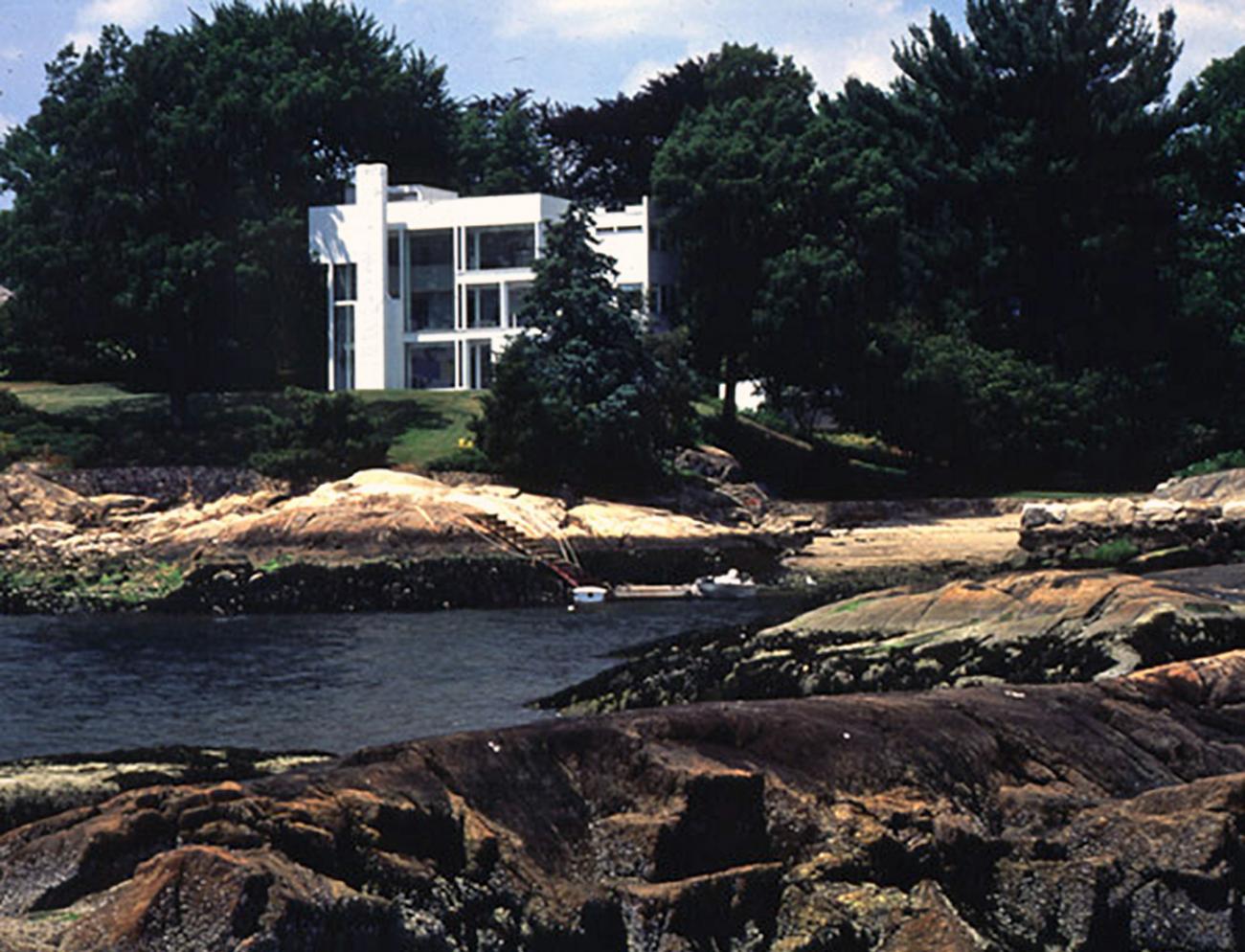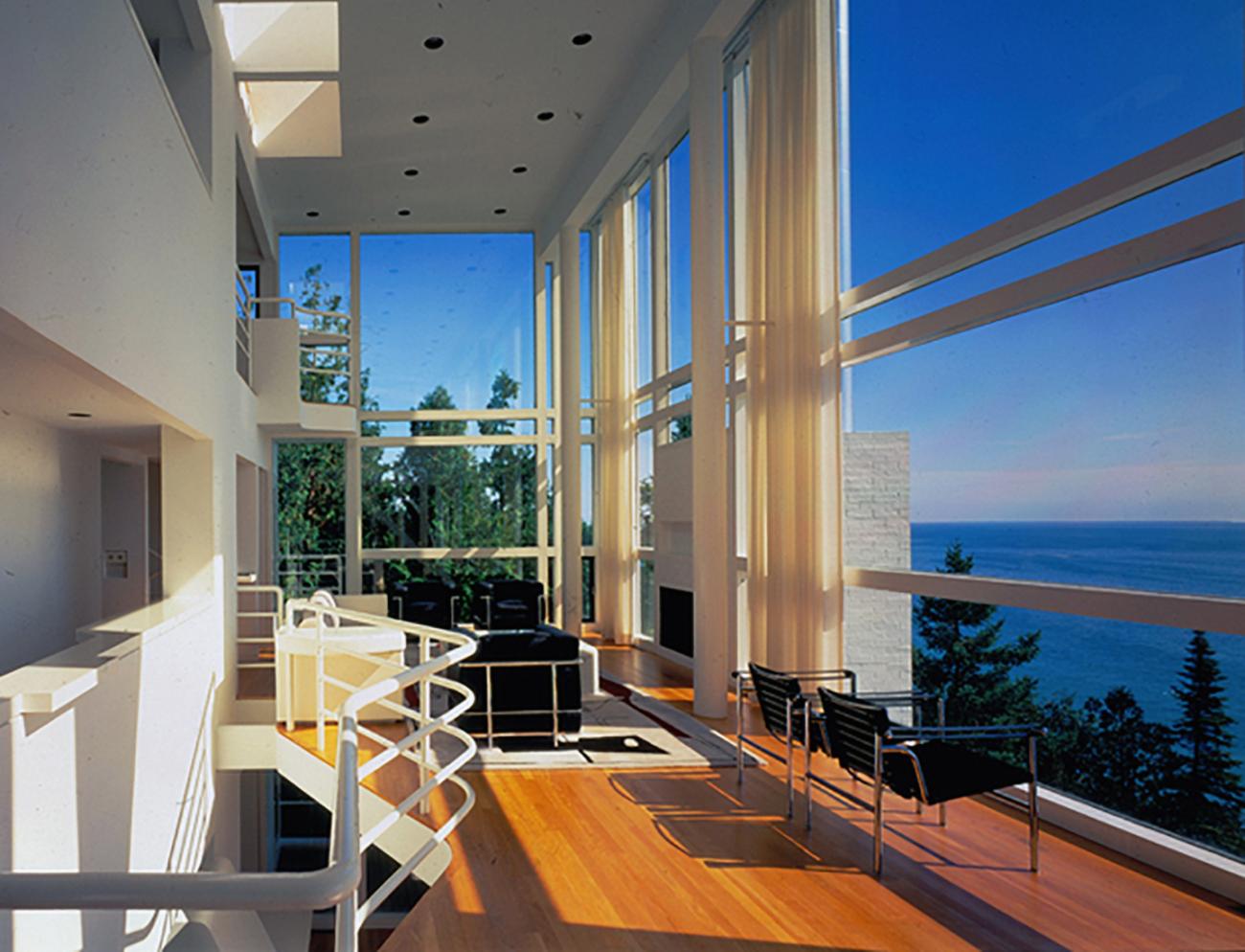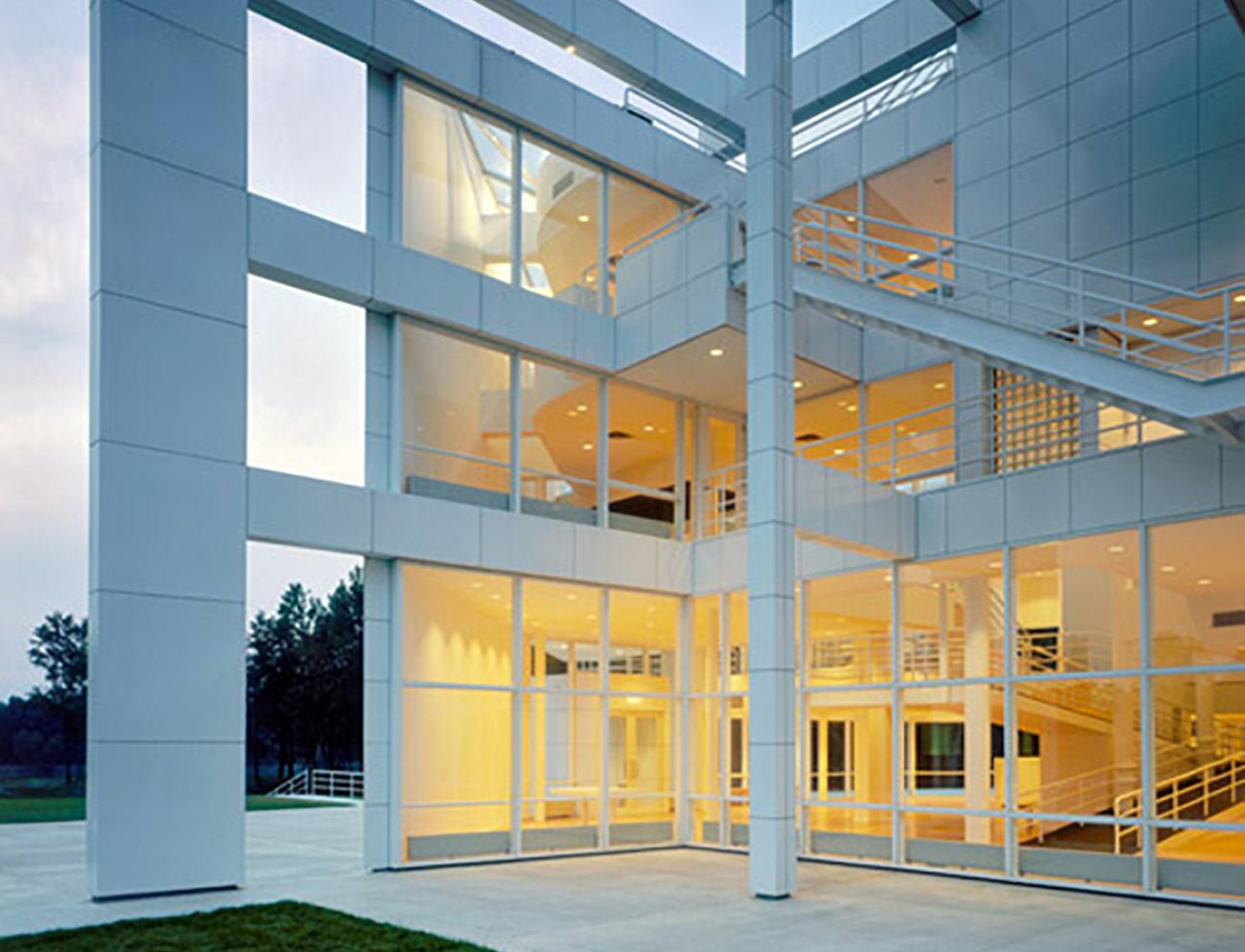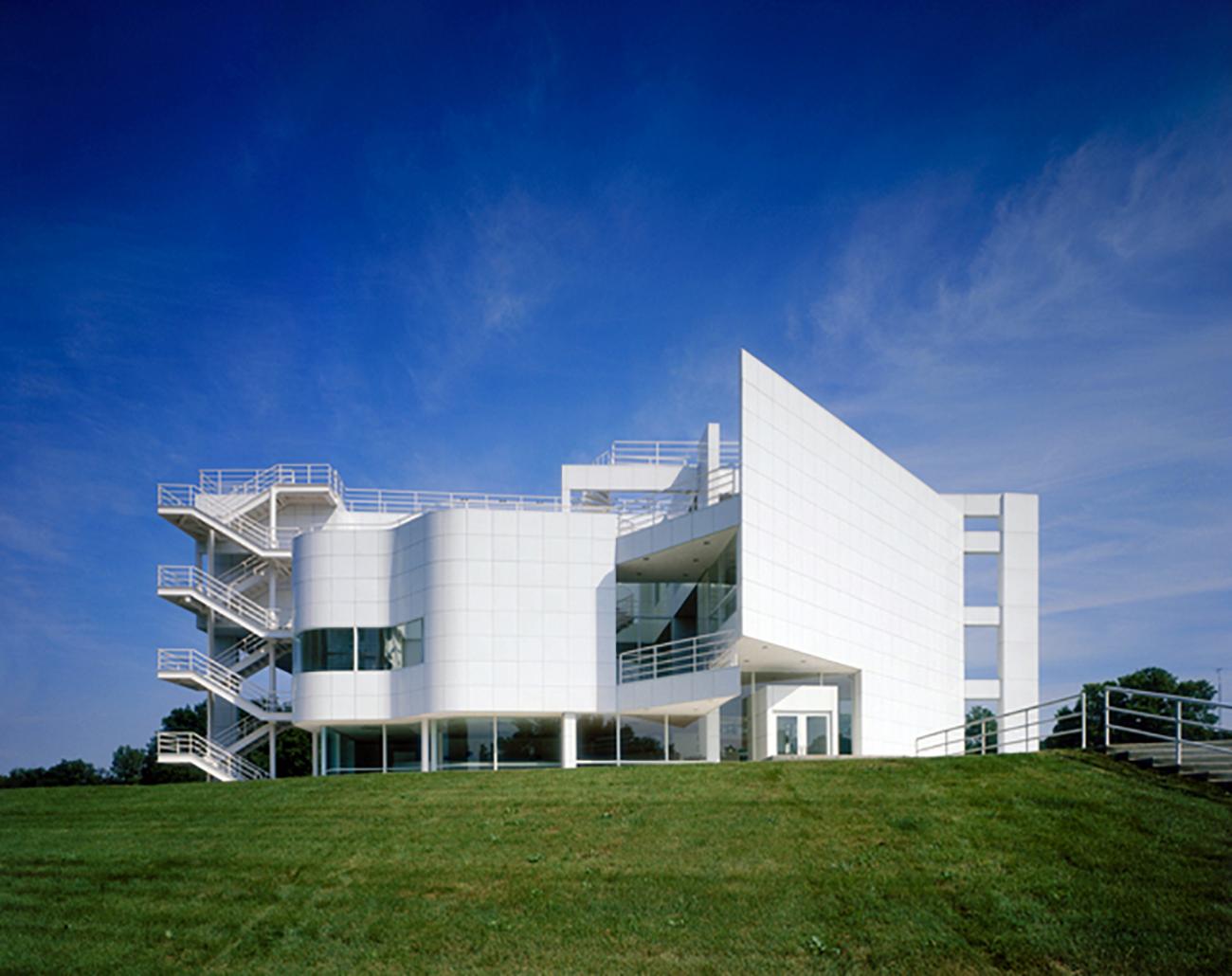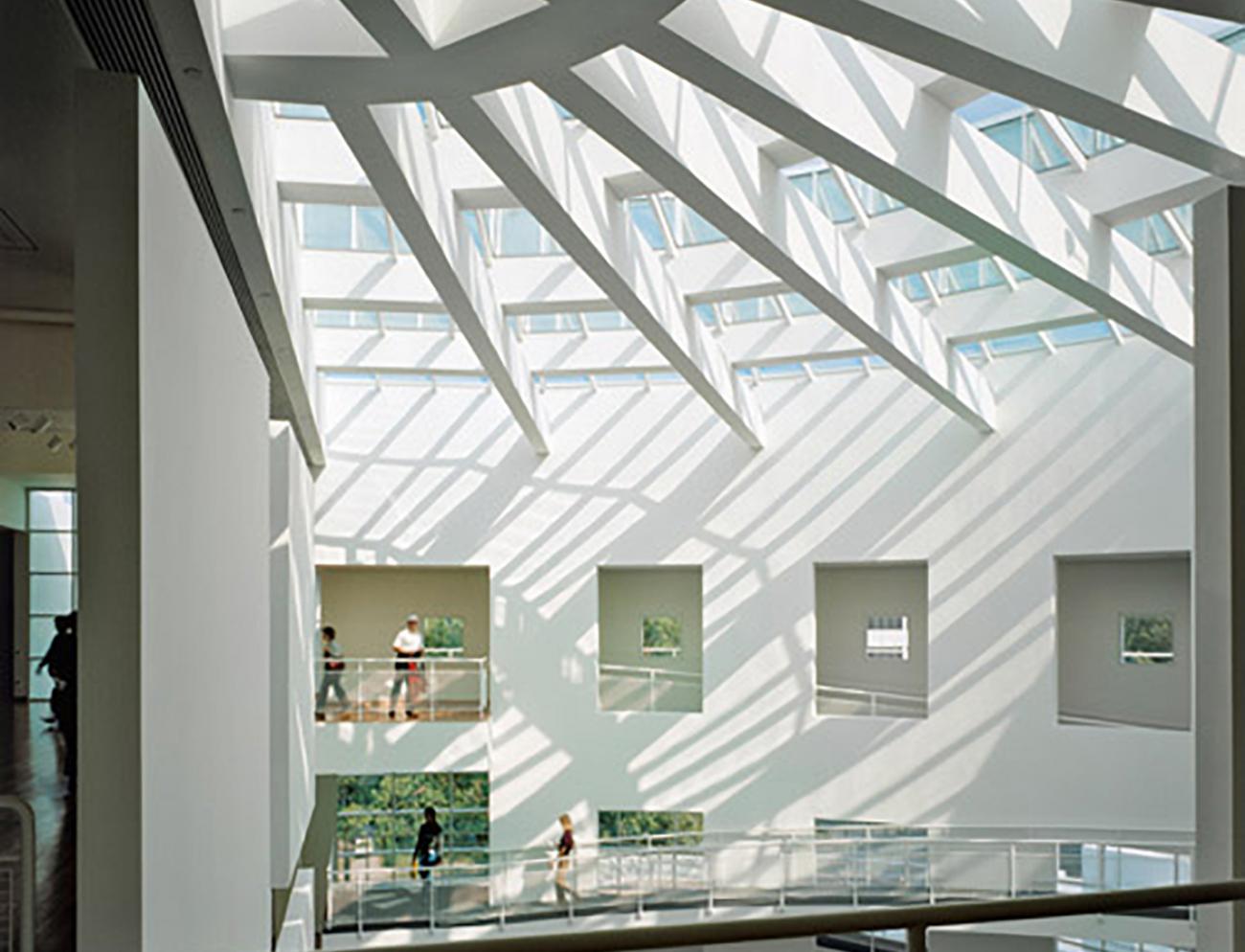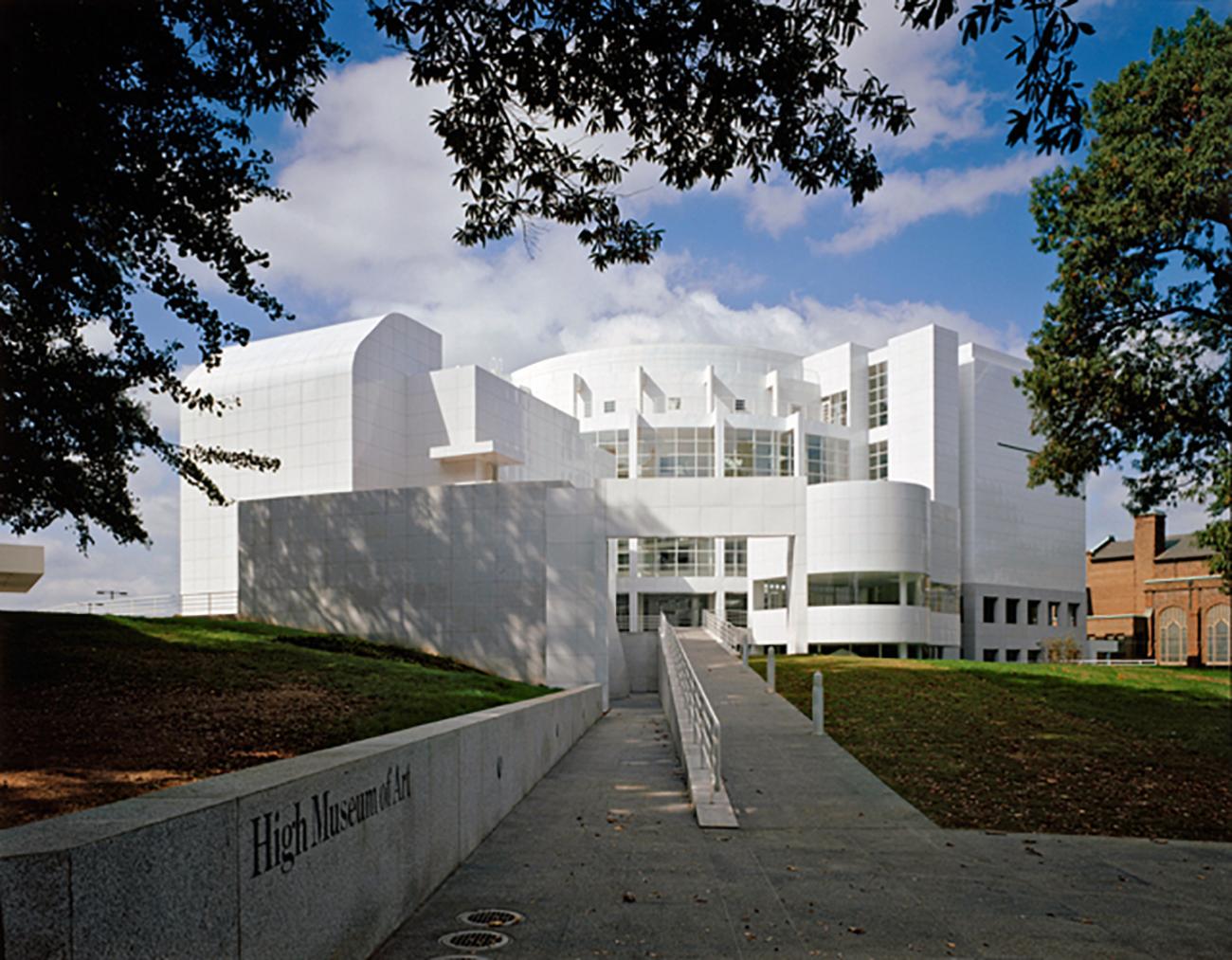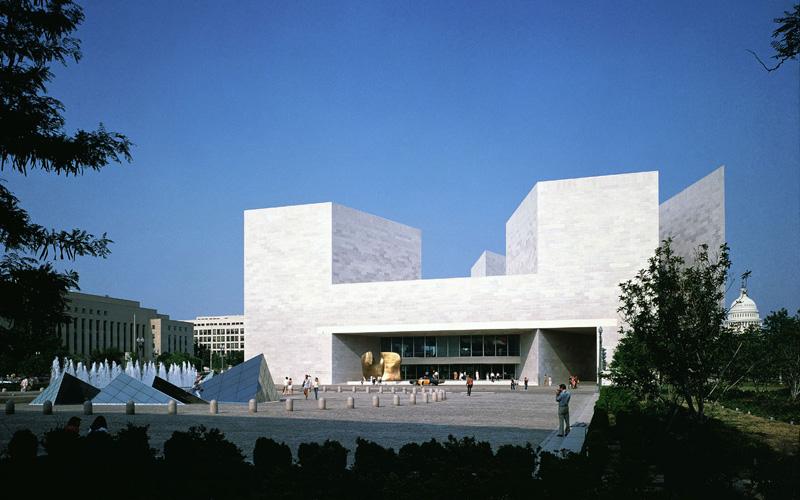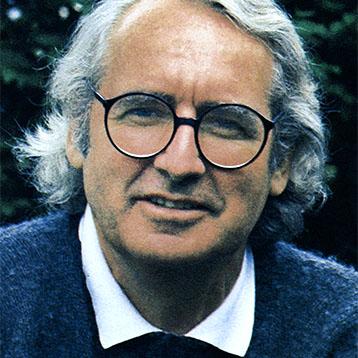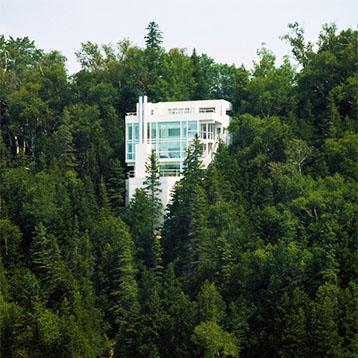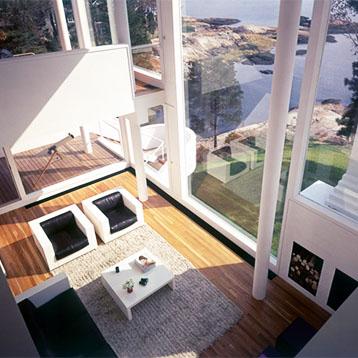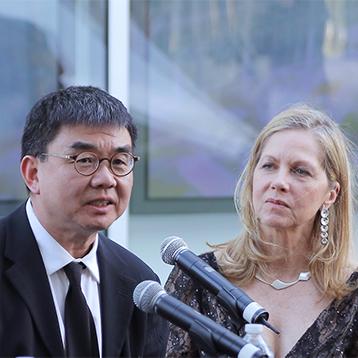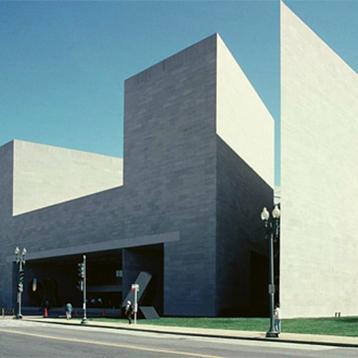At 49, Richard Meier was the youngest architect to receive his profession's highest accolade, the Pritzker Architecture Prize. Shortly after receiving that honor, he was awarded what is probably one of the twentieth century's most important commissions, the design of The Getty Center, the Los Angeles art complex funded by the J. Paul Getty Trust.
Explaining his own roots, Meier says, "Le Corbusier was a great influence, but there are many influences and they are constantly changing. Frank Lloyd Wright was a great architect, and I could not have done my parent's house the way that I did, without being overwhelmed by Falling Water." Meier continued, "We are all affected by LeCorbusier, Frank Lloyd Wright, Alvar Aalto, and Mies van der Rohe. But no less than Bramante, Borromini and Bernini. Architecture is a tradition, a long continuum. Whether we break with tradition or enhance it, we are still connected to that past."
In 1963, he established his private practice, and working from his apartment, launched the business with a commission for his mother and father, a residence in Essex Fells, New Jersey. In 1965, one of his early residential commissions, Smith House in Darien, Connecticut propelled him into national prominence. Looking back on it now, Meier spoke of "the clarity of the building, the openness, the direct articulation of private and public spaces, how it relates to the land and water." He added, "It's been over 17 years, and what was innovative and captured a great many people's imagination and admiration then, is already a part of our language, and somewhat taken for granted today."
